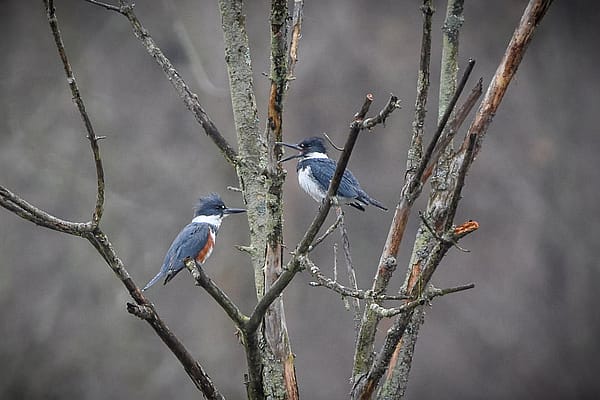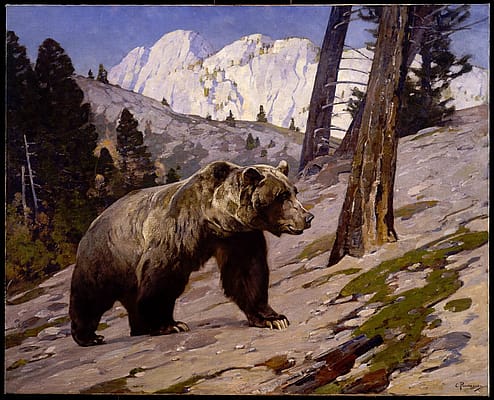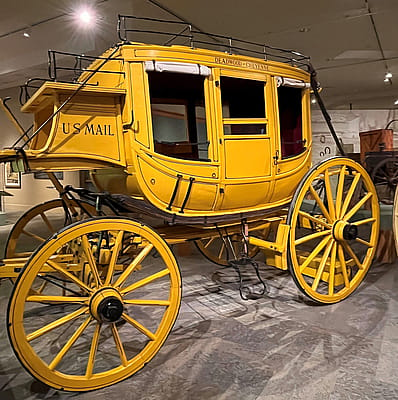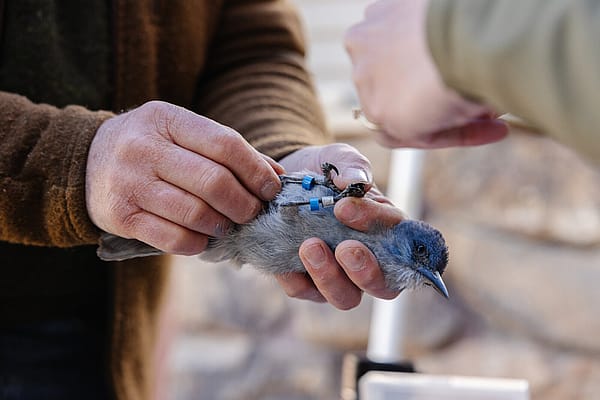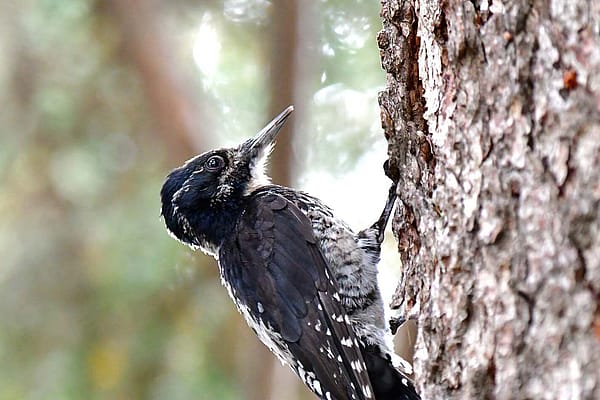
The Truth About Bats
About 2,000 years ago, the Celtic people of Great Britain celebrated a festival called Samhain. The festival happened every year in late October, when they believed that the boundary between our world and the spirit world was thinnest. They had big bonfires at night and often noticed scary spirits hovering high in the air. But the spirits weren’t really spirits; they were bats, coming to eat the insects that were attracted to the firelight. Samhain would eventually become Halloween, which we still associate with bats to this day.
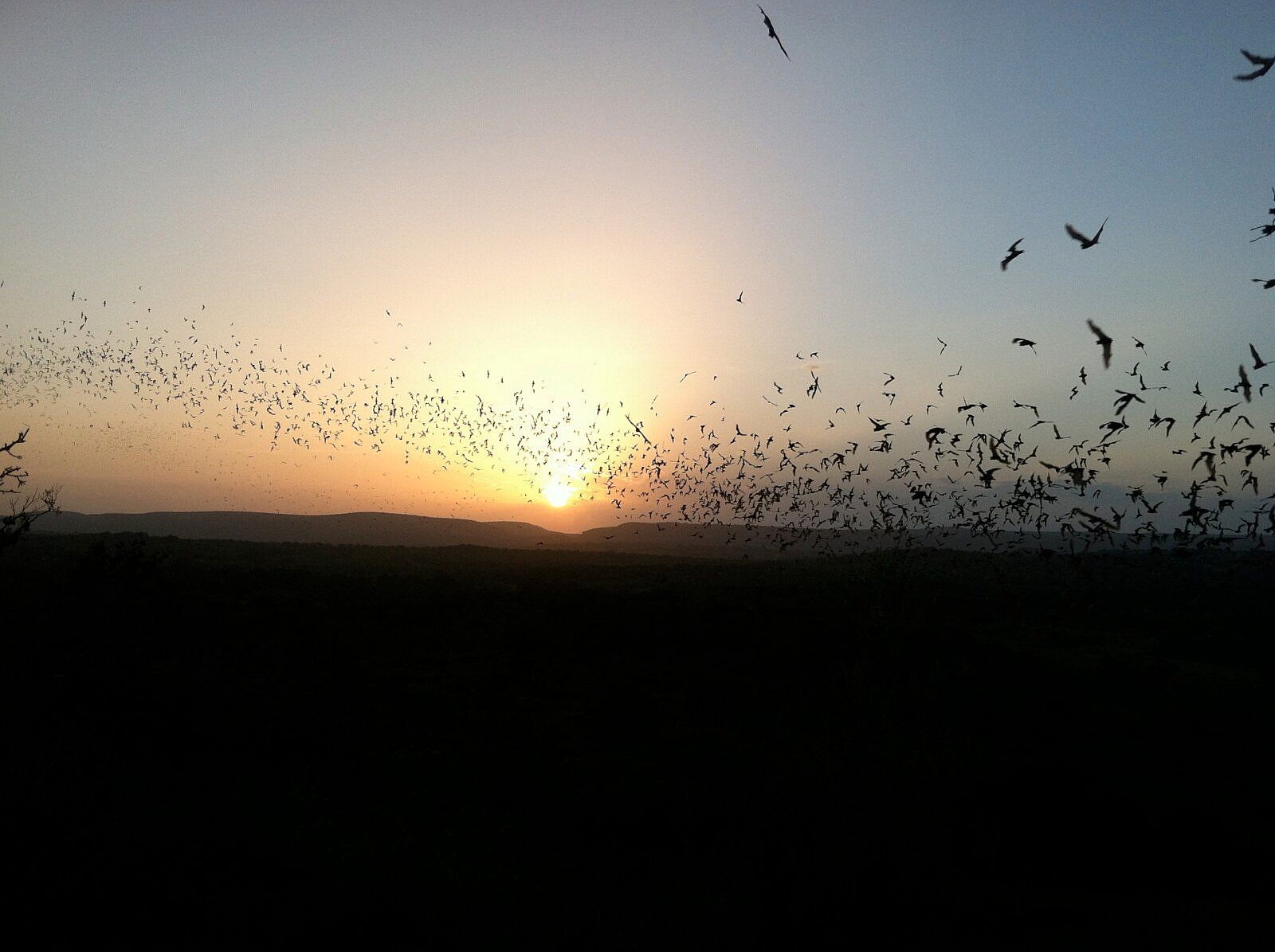
Then, the novel Dracula was published in 1897, which told of vampires turning into bats. This was likely based on three species of bats living in Central and South America that feed on the blood of animals. These “vampire bats” and their appearance in Dracula is another reason why many people still fear bats. Luckily, these species rarely bite humans, and only make up a tiny percentage of the 1,400 or more bat species in the world.
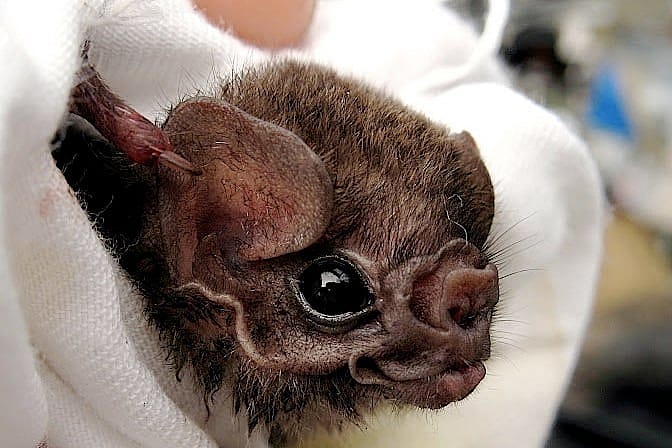
People also commonly believe that bats are rodents, but that’s just another misconception. While there is a genus of “mouse-eared” bats, bats are actually more closely related to humans. The structure in their wings, for example, is very similar to our hands. They even have thumbs! Bats are members of the taxonomic order Chiroptera, which literally means “hand wing”.
People also fear bats because they carry diseases like rabies. While it’s always a good idea to avoid touching wild animals to prevent exposure, in most populations, less than 1% of bats are infected with rabies. Bats also aren’t typically aggressive. In a year, people in the United States are far over 200,000 times more likely to die from heart disease than from contracting rabies from a bat.
So bats aren’t rodents, very few of them live on blood, they don’t often cause disease in humans, and they aren’t spirits, they’re just hungry for insects. Why are people still scared of them? Many don’t know that bats are actually beneficial to humans and to the environments we enjoy.
A little brown bat can eat over 1,000 mosquito-sized insects in just one hour. Mother bats can eat almost 4,500 in the course of a night. That means that these bats, which weigh less than half an ounce, could eat over 20 million insects in their up-to-30-year lifetimes. Understandably, having bats around decreases mosquito numbers. In places where mosquitoes carry diseases like malaria, this is a big deal. Bats eat so many pests that studies estimate they save the US agriculture industry billions of dollars every year.
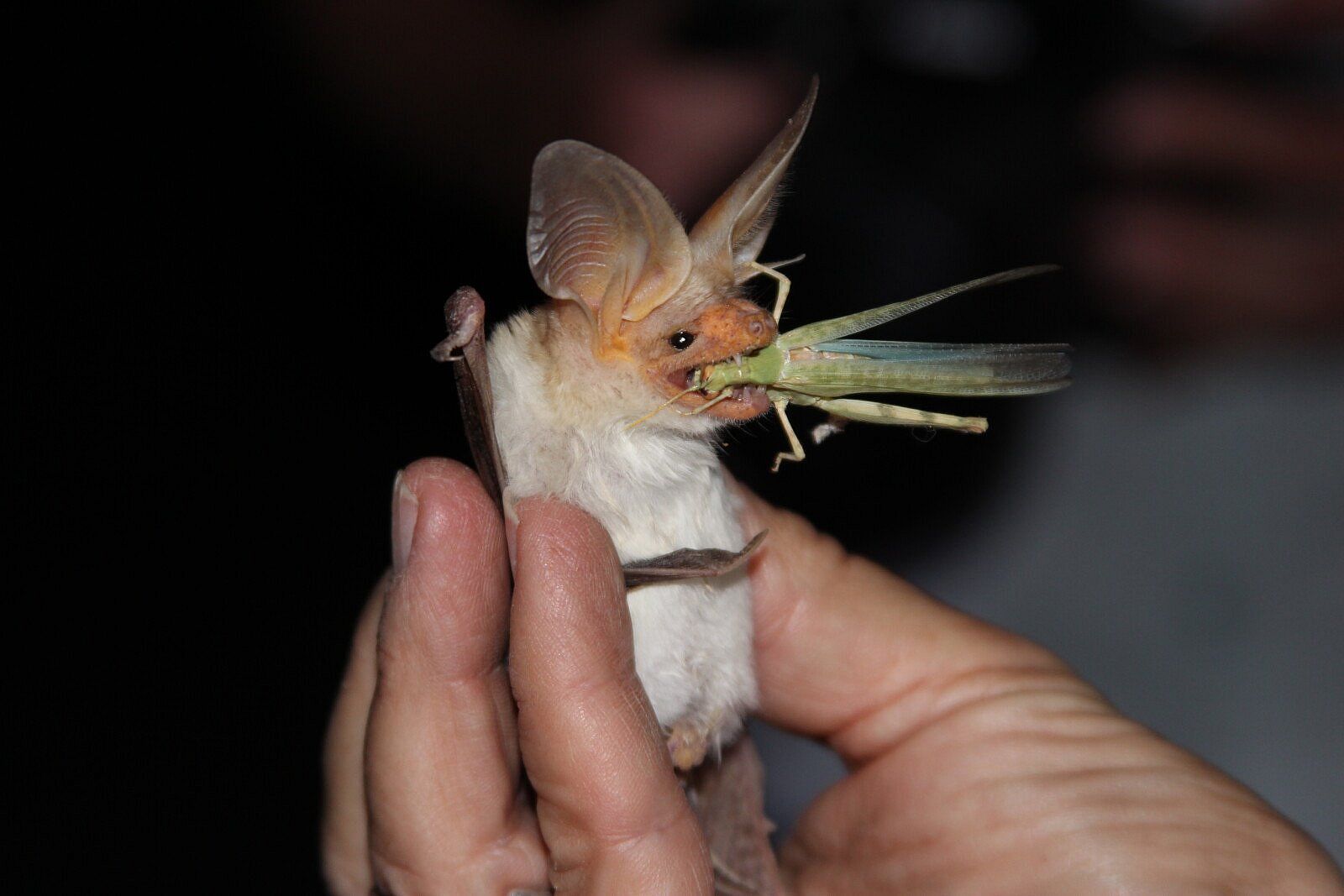
Bats directly help plants too. Many bats in tropical and subtropical regions drink nectar from flowers, collecting pollen as they fly between plants. Blue agave is one species that relies on bats to pollinate it. In fact, bats are the only animals that pollinate this species of agave.
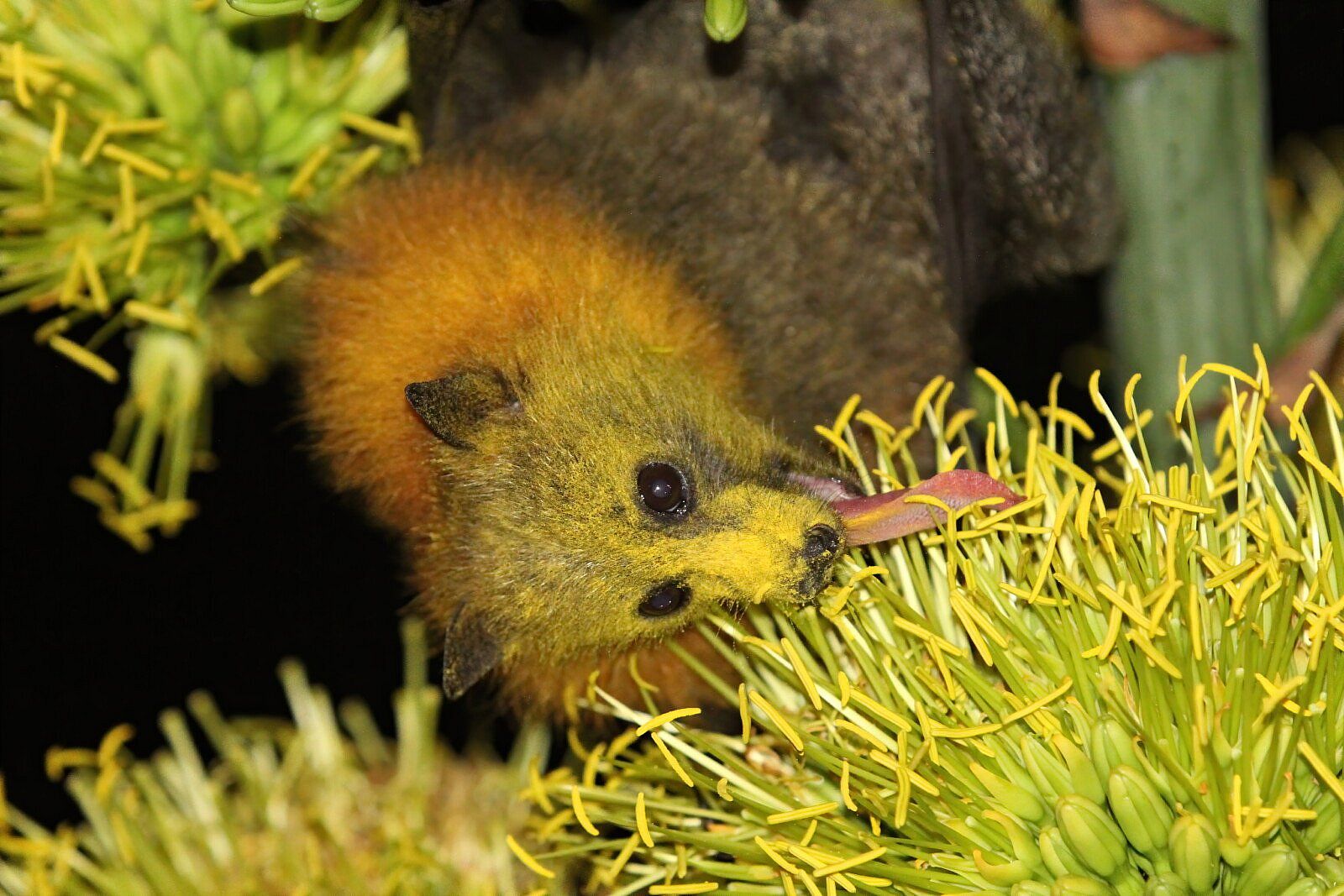
Fruit-eating bats also disperse seeds from plants. By spreading seeds, bats are ensuring that the plant populations thrive in a variety of places. In some areas where rainforests have recently been cleared, 95% of the new seeds are dispersed by bats.

In addition to all of the helpful things bats do, they are also just unique and interesting animals. They can fly, unlike any other mammals. The Mexican free-tailed bat is the fastest mammal, able to fly nearly 100 miles per hour in short bursts. They can “see” in the dark with echolocation. They vary in size from the bumblebee bat, weighing about 0.06 ounces, to the giant golden-crowned flying fox at 3.1 pounds, or 49.6 ounces. Bats make up about 20% of the world’s extant mammal species.
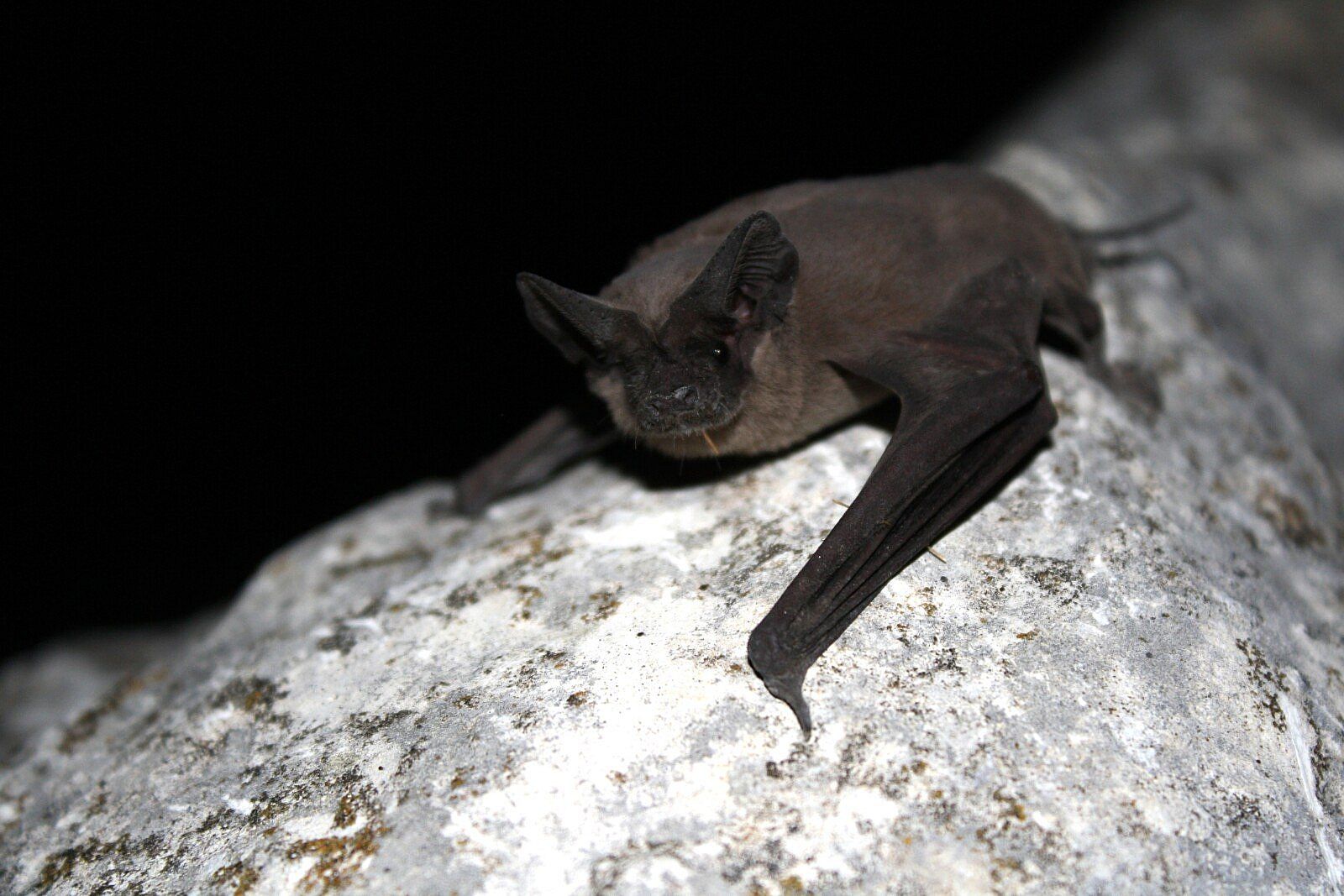
The scariest thing about these fuzzy little animals is what would happen if they were gone. Bats are so valuable to the land they inhabit that losing them could be the end of hundreds of plant species and could possibly even cause some ecosystems to collapse. Bat Conservation International’s 2023 State of the Bats report details several threats to bats. According to the report, 98% of North America’s bat species are losing habitat and in the next 15 years, 82% will be at risk from climate change and 52% will be at risk of severe population declines. Across North America, 45 species are threatened by energy production. Out of the 44 bat species in the United States, only three species are listed as secure, while another 33 are vulnerable or imperiled.
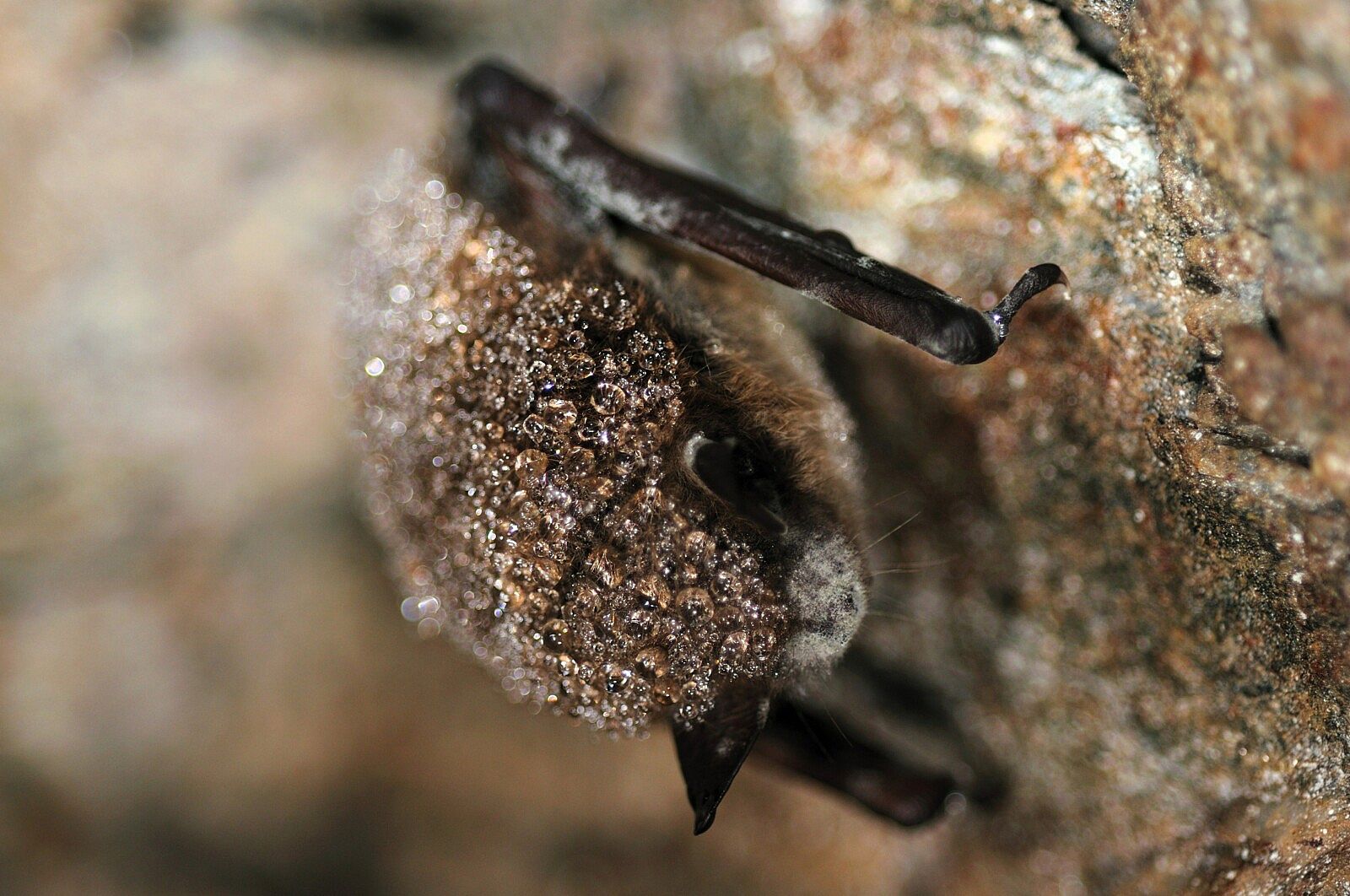
While bats may seem scary, there’s so much more to these animals than sharp teeth and centuries-old misconceptions. By learning about bats and doing your best to protect them from harm, you can help save them and the many ecosystems they support.
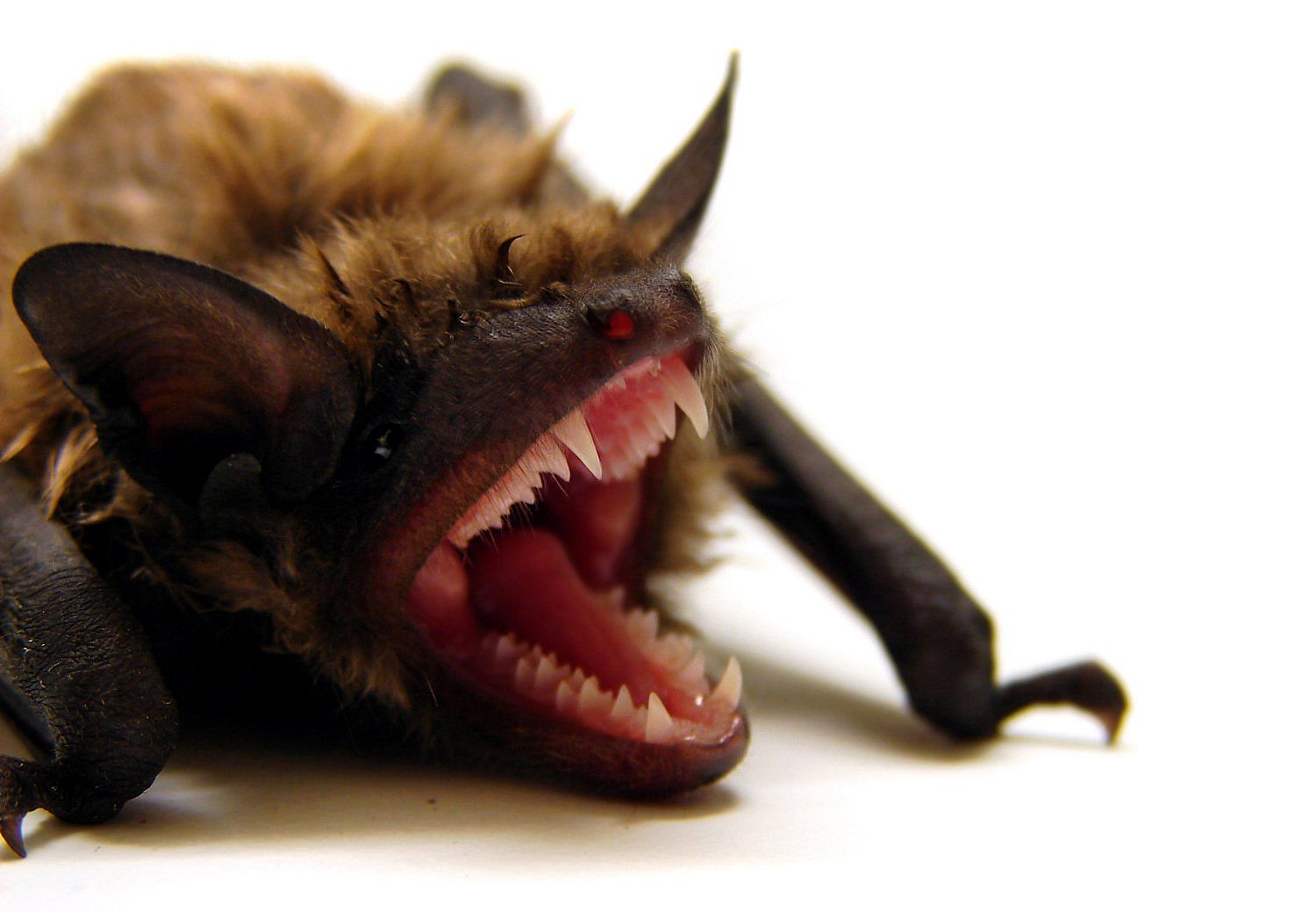
Written By
Bliss Bonner
Bliss Bonner is the 2024 Curatorial Intern with the Draper Natural History Museum. Having lived near Yellowstone National Park and its surrounding ecosystems for her entire life, she has always been deeply interested in the natural world and plans to study science communication at the University of Wyoming. While Bliss loves to travel and see other parts of the world, she is equally passionate about what the Cody area offers. She spends much of her time exploring the mountains and looking for birds, and she also enjoys creative arts and writing.


